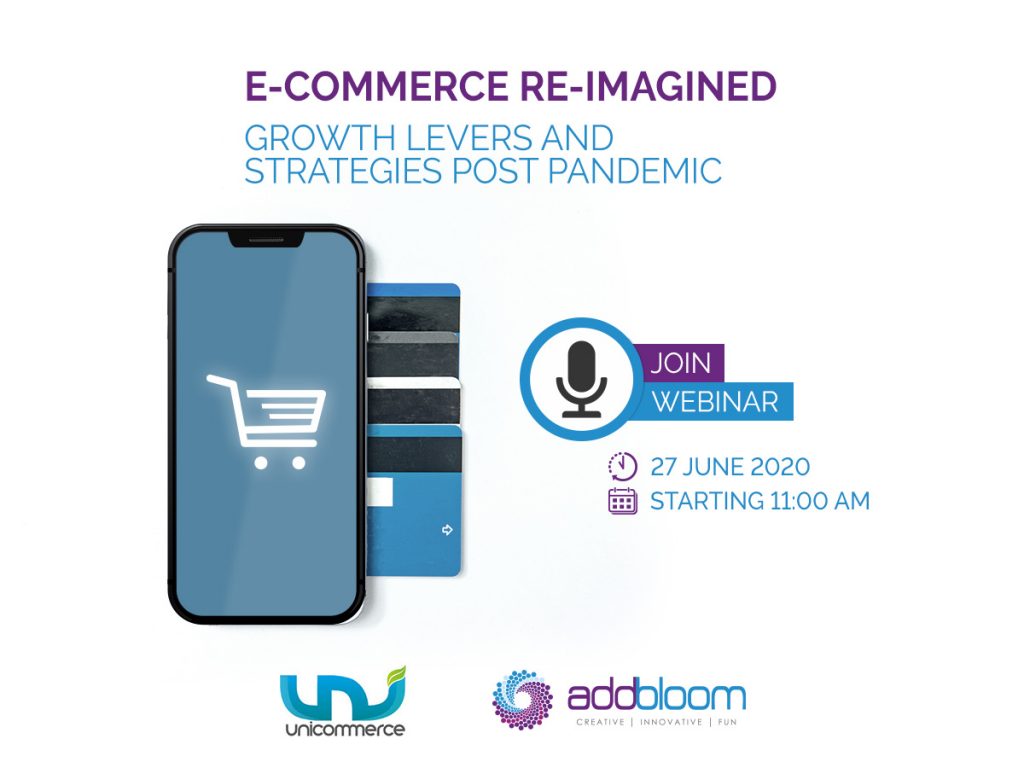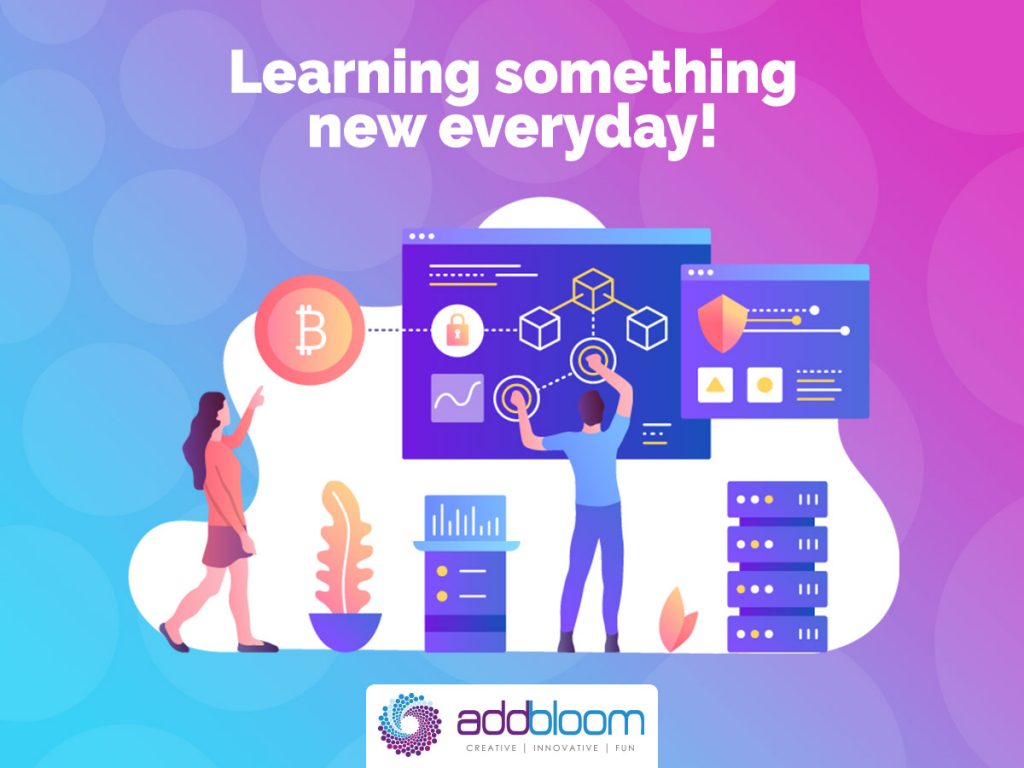Whether you have an in-house team managing your brand’s digital channels or are outsourcing the process, there are key elements that make or break your social media presence. More than 2.5 billion people are on social media, and you might be missing out on a lot of opportunities of growing your fair share of the pie if you do not abide by these essential/rudimental tips.
1- Aim for an Omni-Channel Strategy
Although it may look like one social media platform resonates better with your brand and its target audience, being on multiple platforms is always beneficial for your brand’s online presence and continuity. Just a few years ago, Twitter was the star platform of all social media networks, then came Facebook, and nowadays, Instagram is marketers’ favorite channel to reach users. Social media managers’ next big hit can soon be another platform, it is hence dangerous to focus only on one social network.
When developing an omni-channel strategy for your brand, it is imperative to use the best practices for each platform in order to reach the right audience and resonate with it. Each platform has its forte that marketers must leverage and keep users entertained and livid to keep up with it across all channels.
2- Engage with the Community as Often and as Quickly as Possible
Build a unique connection with your brand’s audience. Timely monitoring of your brand’s social media pages is crucial as it has the ability to tighten its relation with its community and improve brand sentiments within its target audience.
Doing so can also defy the algorithms set by social media platforms to determine what content is displayed and what content is buried. The more engagement a post receives, the higher its chances are at being prominently displayed. Hence, the reason why it is very important to answer comments, and entice your audience to engage with your posts.
3- Delight Your Audience with your Ideal Content Mix
Although your brand should be at the center of all your communication, no one likes a friend who only talks about himself. Do not focus on one content direction, and only communicate about your brand, but try to integrate different forms of communication within your strategy. At AddBloom, we always start with the rule of thirds in the communication of the brands we manage and grow from there to define the perfect content mix for each.
What’s the rule of thirds? As per Hootsuite it is very simple:
- ⅓ of your social content promotes your business, converts readers, and generates profit.
- ⅓ of your social content should surface and share ideas and stories from thought leaders in your industry or like-minded businesses.
- ⅓ of your social content should be based on personal interactions and build your personal brand.
4- Invest in Influencer Marketing
The exponential growth of influencer marketing over the years has made it an essential part of every brand’s social media communication strategy. Effectively, as we have detailed in a previous blog post about influencer marketing, this form of content has many benefits. On one hand, influencer marketing allows brands to pierce consumers’ self developed “ad blindness” and reach their targeted audience, as niche as it may be, in a seamingly organic way that resonates with today’s consumer mindset.
On the other hand, brands who decide to work with influential bloggers can benefit beyond social media. Indeed, brands can benefit from blogs mentions and reviews to enhance their SEO positioning and ranking.
5- Track and Measure
Use the right tool to track how your audience interacts with your brand online. Pixels, remarketing codes, tracking codes are all part of a bigger equation that makes your digital marketing strategy more comprehensive. The data collected through these snippets will allow you to reach the audience you’re after and enhance the results of your digital campaigns at each stage of the funnel.
The best aspect of digital marketing is that it allows you to numerically measure your marketing investment. While on-platform metrics will measure growth, engagement and distribution, it is also interesting to observe on-site metrics. On-site analytics allows you to know more about consumer behavior, which content attracts consumers and which is the most converting social platform among other metrics. Combined, on-platform and on-site analytics will give marketers a great idea on customers’ sales funnel.
Sources:
Number of Social Media Users Worldwide from 2010 to 2010 (in billions)
7 Creative Ways to Boost Your Social Media Strategy
Are You Following the Social Media Rule of Thirds?





